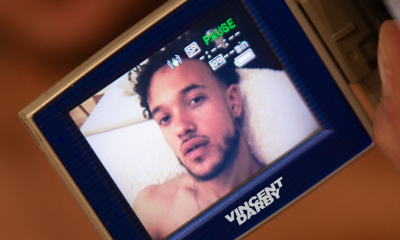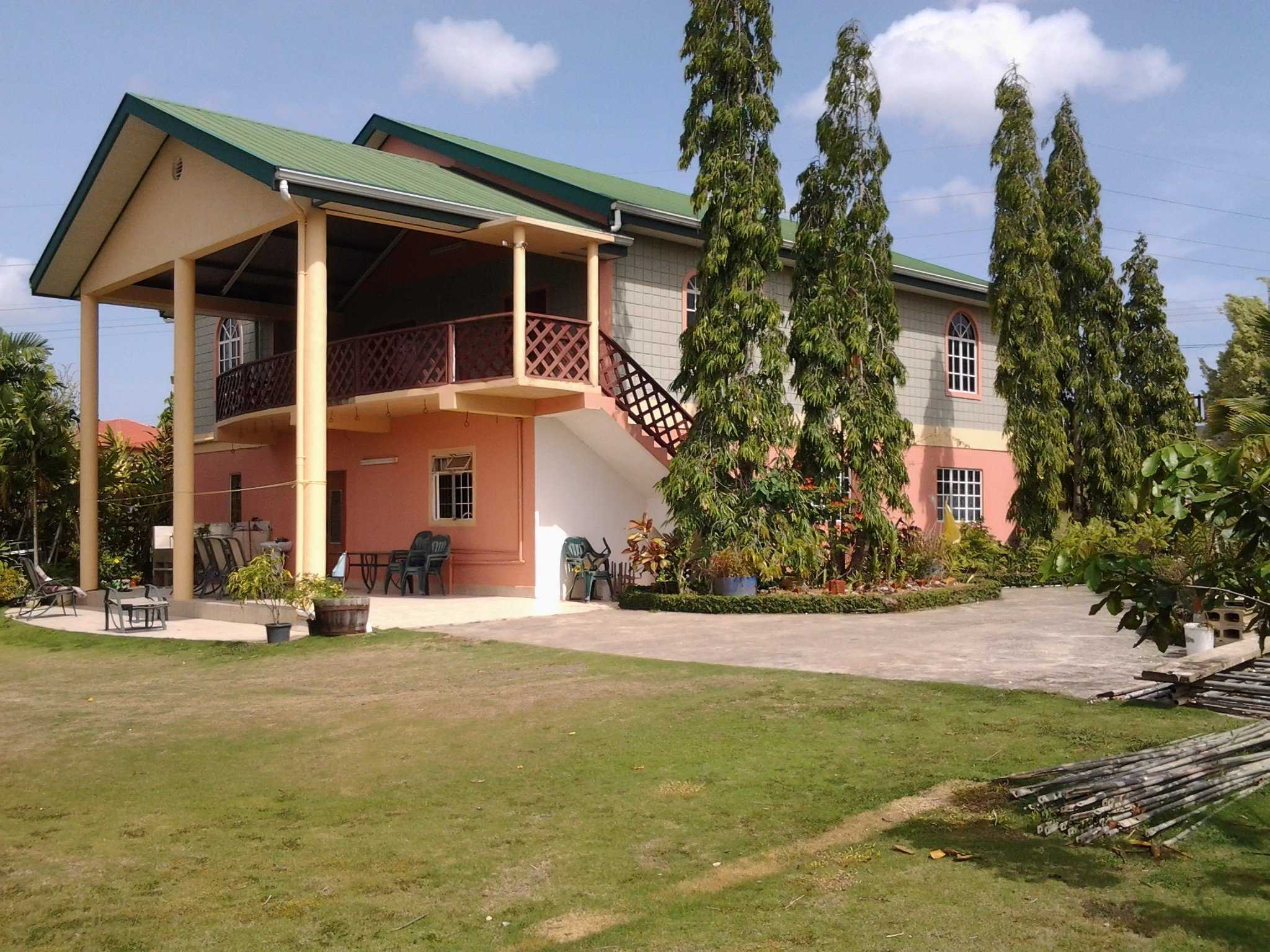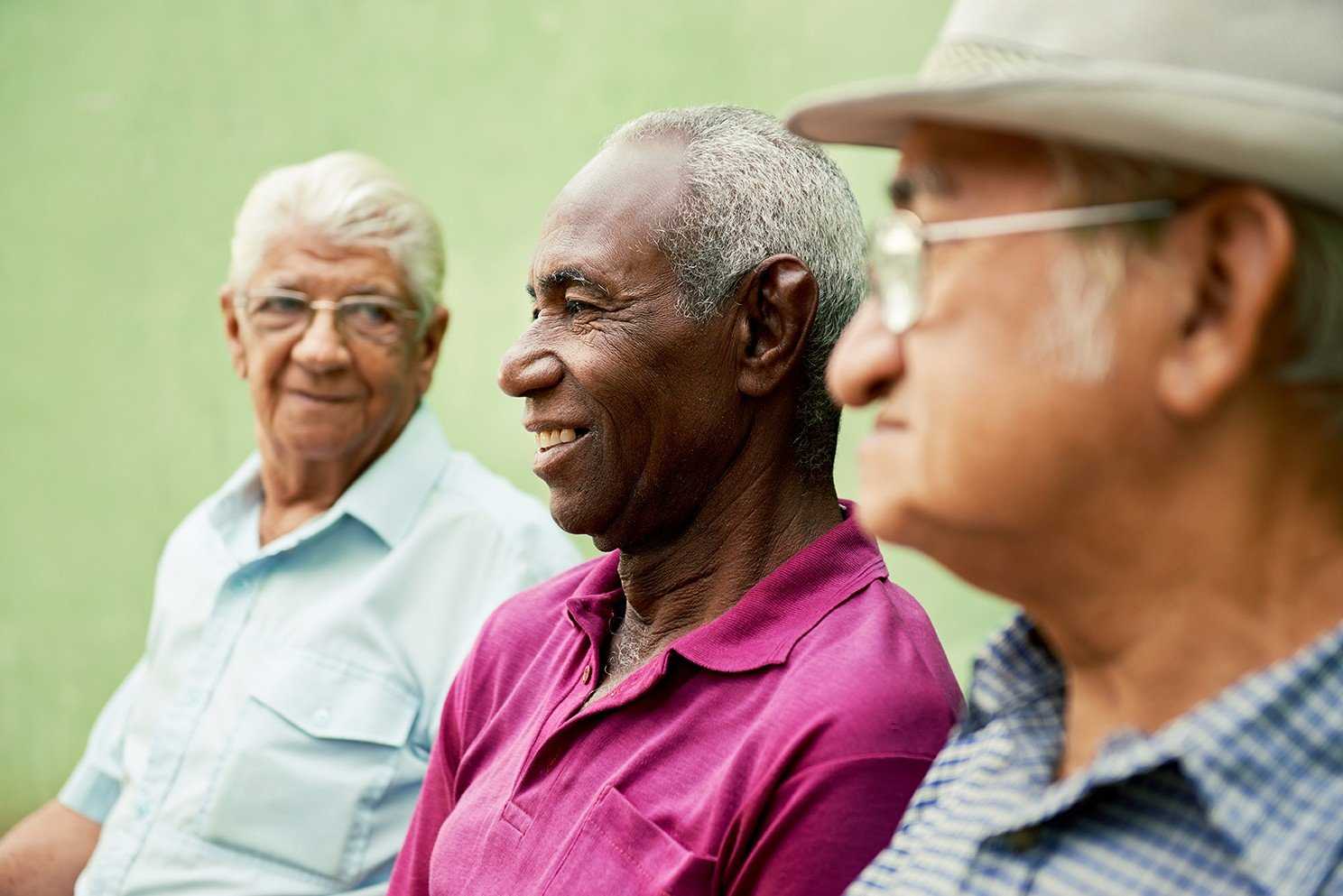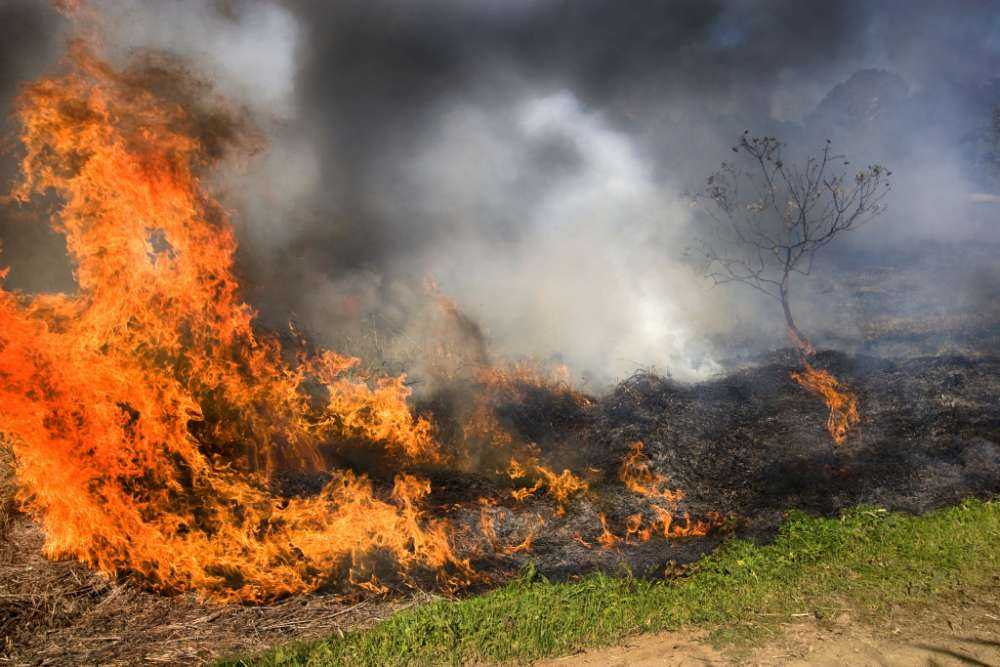BY: JELANI GRANT
With a record number of black candidates running for this year’s Ontario election, the Jamaican Canadian Association invited each of these candidates to join a meet and greet for the community to support and personally hear from each party. Last year a record was broken for black candidates elected. This year, the Liberal, NDP, PC and Green parties each had at least one black elective.
Organized by First Fridays, the Black Health Alliance, the Ontario Alliance of Black School Educators (ONABSE), the BBPA, the Jamaican Canadian Association and BAND, the event was developed with the intention of showcasing the growing number of black political leaders in Ontario. Following the Black Community Provincial Leaders Debate in April, the Jamaican Canadian Association welcomed nearly 450 community members to the centerso they could hear directly from party representatives on issues affecting the black community such as streaming in education, carding in policing, equity in health care, and support for black business.
First Fridays CEO Warren Salmon regulated the evening, organizing the order of candidates who would come to the stage, as well as keeping guests informed of some candidates who couldn’t make it.“This is a follow-upevent on the heels of the black community provincial leaders debate, we really want to showcase the different candidates in the community and we’ve identified twenty-one from across the province from the four parties who are running,” Salmon said. In addition to highlighting this year’s black candidates, Salmon said the event gives the opportunity for candidates to reach out to the community for support including volunteering, donations, and community voices.
Beginning the night’s speakers was Hamilton PC candidate Dion Duncan. Though she was the sole candidate representing the PC party, Duncan made sure to express the emphasis the focus of her party, telling the crowd she is committed to providing increased healthcare support, specifically to residents over the age of fifty. “Medication should be open and extended to those fifty and above…our focus is to ensure that we strengthen the unit of family and that we do our best to make sure that everyone is covered for health care,” she said. Duncan did mention that she believes an increase in minimum wage is reasonable, but if elected she would push for a gradually slower increase towards $15 minimum.
The next speaker was also the single candidate of his party, Grad Murray of the York South-Weston Green party. Murray, along with all of the NDP and Liberal attendees, said he strongly believes in a minimum wage increase of at least $15. Additionally, Murray spoke on providing housing to those in need. “We’re going to require new developments to have a minimum of 20% affordable housing…we’re going to invest $200 million over projected increases in the 2018 budget to fund shelters, social housing, andco-op housing,” he said.
Finally,Murray touched on the Green party’s plan for lowering electricity costs for residents. “We need to commit to a renewable energy…we want to look at buying electricity from Quebec because they are powered by water and at 1/3 the cost of Ontario,” he said.
Speaking for the Liberal party were Minister of Advanced Education and Skills Development Mitzi Hunter and CamdaSports Foundation founder Leisa Washington. Hunter said providing publicly funded prescriptions to those under twenty-five was an important task to complete and is still being implemented. Hunter talked about the current Liberal government’s improvement of pensions for Ontario. “We cannot let people retire without adequate income, so we set out on a path to improve pension income and I’m very pleased to say that has led to the expansion of CPP for all working Canadians,” she said. Hunter said the Liberals plan is to expand Pharmacare to a larger number of demographics including youth and seniors. Currently, 12% of Canadians lack the financial means to pay for their prescriptions with an estimated 700,000 skipping groceries to get the medications they need.
A visible majority of candidates in attendance came from the NDP party. Those from the party, who spoke on stage, included Dwayne Morgan of Scarborough North, Faisal Hassan for York South-Weston, Monique Hughes of Ajax, Kevin Yarde for Brampton North and Andrea Vasquez, who identified herself as the first Afro-Latina candidate in Ontario elections.
Morgan started by pointing out the history of diversity within the NDP. “I’m very excited to be a part of this party because this is the party that fielded the first black cabinet minister Zanana Akande and this election we also have the party that has the most candidates from our community,” he said.
He said he wanted to focus on issues that would make life more affordable for working-class citizens. He spoke on making Hydro One public again, with the hope of cutting costs. “We aim to cut hydro rates by 30% by putting Hydro One back into public hands. We also want to ensure that public assets remain public assets,” he said.
Morgan spoke about the trouble of finding affordable childcare, suggesting the NDP would work towards free child card for households that have an annual income of $40,000 or less. He also stressed the necessity of eliminating police carding and current carding records. NDP Leader Andrew Horwath and Green Party Leader Mike Schreiner addressed carding at the JCA before, saying they would move to eliminate all data if their parties were elected.
Each party demonstrated their knowledge of the societal factors that negatively impact the black community and delivered a number of solutions for building a better Ontario. Though some of their plans for the province do overlap, it is important to understand, in detail, the varied results voting for a party could have on different demographics within the community.
For those who missed the opportunity to hear from candidates at the meet & greet, it is not too late to learn about the platforms of your local electives. While researching your potential officials, keep in mind each candidate has provided a method for them to be contacted during the campaign for more information until June 6th.


 Community News2 weeks ago
Community News2 weeks ago
 Community News2 weeks ago
Community News2 weeks ago
 Community News2 weeks ago
Community News2 weeks ago
 Community News2 weeks ago
Community News2 weeks ago
 Community News7 days ago
Community News7 days ago
 Community News7 days ago
Community News7 days ago
 Community News7 days ago
Community News7 days ago
 Community News7 days ago
Community News7 days ago






























